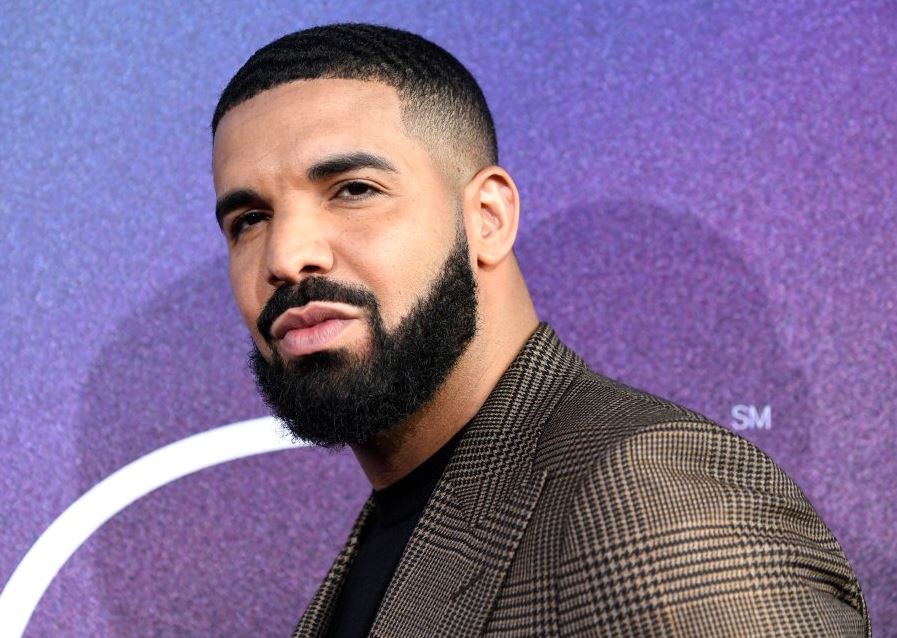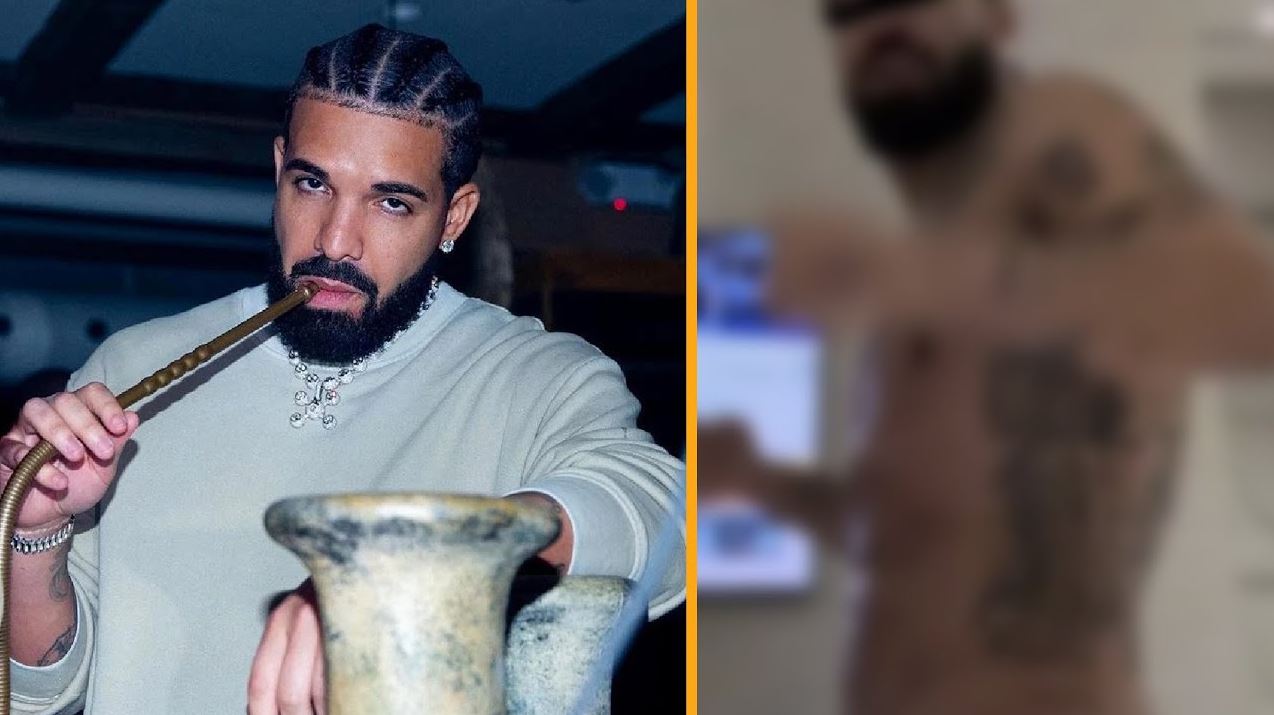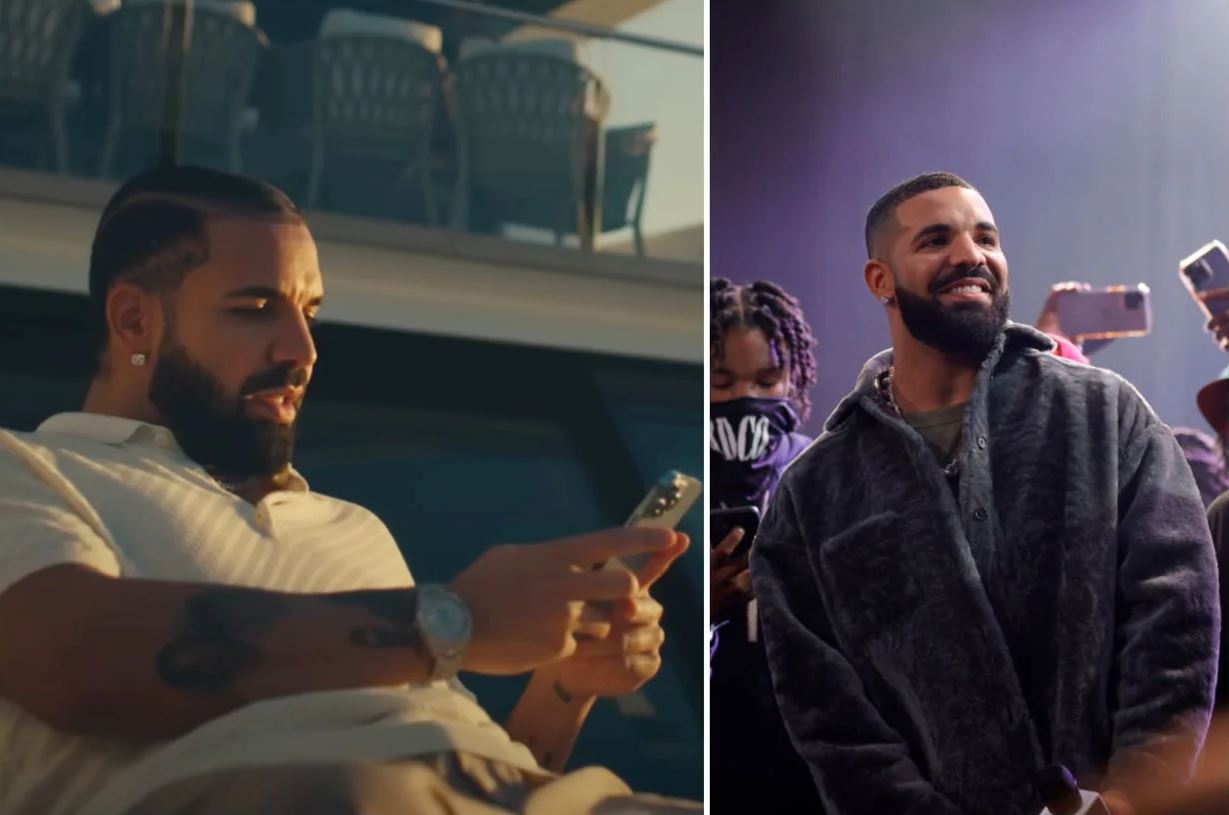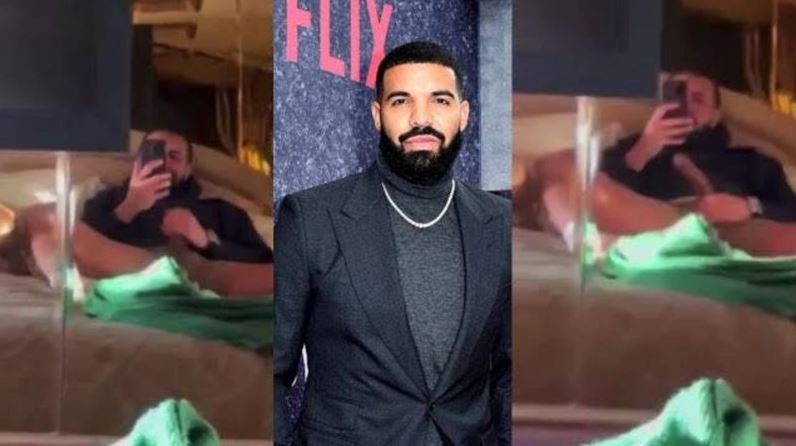Unpacking the Viral Drake Video Real or Fake?
A recent development in the world of social media has captured significant attention: a viral Drake video that allegedly shows the Canadian rapper in a compromising situation. This footage first appeared on Twitter/X, quickly becoming the center of heated discussions and speculation across various platforms. The video, reportedly capturing Drake fully exposed, has raised questions about privacy, consent, and the authenticity of content shared online.
The rapid dissemination of the viral Drake video highlights the pervasive nature of digital media and its ability to spread content at an unprecedented rate. Within hours of its initial posting, the video had been shared thousands of times, igniting a firestorm of reactions. Social media users, ranging from dedicated fans to casual observers, have engaged in debates over whether the person in the video is indeed Drake. The video’s impact extends beyond mere entertainment, stirring a discourse on the implications of viral content that exposes personal moments without consent.
Moreover, the nature of the video and the mystery surrounding its origin add layers of complexity to the discussion. The lack of clear information about the source of the leak and the intentions behind it feed into the broader conversations about security and ethical responsibility on social media platforms. As memes and jokes proliferate, they underscore the dual-edged sword of internet fame—where viral content can amplify not just one’s successes but also moments of vulnerability.
As the situation unfolds, the viral Drake video serves as a stark reminder of the challenges celebrities face in the digital age, where their most private moments can become public spectacle overnight. This incident prompts a necessary reflection on the boundaries of public curiosity and the invasive reach of viral media.
Section 1: The Leak
Subsection 1.1: The Source of the Leak
The initial appearance of the viral Drake video on social media can be traced back to a Twitter/X user known as @d4dfur. This individual was the first to post the footage, which purportedly shows the popular artist in a compromising and private moment. The specifics of how @d4dfur came into possession of the video remain unclear, raising questions about the origins and the potential motivations behind its dissemination.
@ryeee_ TERKAGET 2024!! VIDEO TERBARU DRAKE VIRAL, RESPON NETIZEN MALAH GINI?!??😱😱 #drake #tiktoktainment
As the video began to circulate online, its visibility was significantly amplified by other social media users, including @Yumkittymeow, who shared the video, further propelling its reach. These sharers played a pivotal role in the clip’s transition from a simple post to a viral phenomenon, each adding their layer of commentary or meme, thereby weaving it deeper into the fabric of internet culture. The role of such influencers highlights the critical and powerful impact of social media personalities in shaping the narrative and reach of content online.
Subsection 1.2: Viral Impact
The reception of the viral Drake video on social media was immediate and intense. The clip quickly spawned a wide array of reactions, ranging from shock and disbelief to amusement and skepticism. The public’s response was heavily influenced by the nature of the content, which many viewers found either controversial or intriguing.

Social media platforms buzzed with discussions, analyses, and memes, reflecting the community’s fascination with celebrity culture and scandal. Memes, in particular, became a tool for the online community to engage with the incident, often using humor to diffuse the discomfort or controversy surrounding the video’s content. This phenomenon underscores the role of social media as a space where narratives are constructed and reconstructed, often detached from the original context of the content.
Section 2: Authenticity Debate
Subsection 2.1: Is It Really Drake?
Among the most pressing questions prompted by the viral video was whether the individual depicted was indeed Drake. Supporters and skeptics alike scrutinized the video, looking for identifiable features that could confirm the identity of the person. Notably, many pointed to the man’s hairstyle, which seemed to resemble Drake’s known style. However, this superficial resemblance was not sufficient to convince everyone of the video’s authenticity.
Counterarguments emerged quickly, with particular attention paid to the lack of wrist tattoos on the man in the video—a well-known characteristic of Drake. Prominent social media figures such as Kijana Ya Baba weighed in, pointing out these discrepancies and suggesting that the video might be misleading or manipulated. Such comments added fuel to the ongoing debate about the authenticity of the video, reflecting the broader challenges of verifying information in the digital age.

Subsection 2.2: Public Speculation
The debate over the video’s authenticity didn’t just stay confined to identifying features; it sparked broader online discussions that delved into issues of privacy, consent, and the ethics of sharing such content. The public discourse was split, with some advocating for privacy and condemning the leak as an invasion of Drake’s personal life, while others consumed and shared the video without reservation.
These divergent views highlight the complex landscape of social media, where the line between public interest and private life is continually negotiated. The viral Drake video became a case study in how quickly content can spread across the internet and how such incidents can polarize public opinion, showcasing the power of social media to amplify personal incidents into global discussions.
Section 3: Drake’s Response
Subsection 3.1: Initial Reaction
Drake’s response to the viral video that supposedly depicted him in an unguarded moment was first publicly acknowledged during an Adin Ross Kick stream. In a casual yet revealing interaction, Ross shared with his audience that he had reached out to Drake via text after the video started circulating. The stream, which was watched by thousands, showed Ross sending a voice message to Drake, inquiring about the video and the rumors swirling around it.
The response from Drake was not a formal statement but a series of laughing emojis, which Ross shared with his audience. This informal reaction was significant because it showed Drake seemingly dismissing the seriousness of the leak with humor and nonchalance. Rather than appearing upset or concerned, Drake’s use of emojis suggested a relaxed approach to the situation, possibly aiming to downplay the video’s importance or veracity.

Subsection 3.2: Interpretation of Drake’s Reaction
Drake’s laid-back response to the leaked video suggests a strategic approach to handling personal crises that spill over into the public sphere. By reacting with humor and seeming indifference, Drake may have been trying to control the narrative, steering the public perception away from scandal and toward a more dismissive view of the leak. This tactic is not uncommon among celebrities, who often have to manage the delicate balance between their public image and personal privacy.
The use of humor and light-heartedness can serve as a shield against public scrutiny, potentially diffusing the situation before it escalates. However, this approach also raises questions about how celebrities deal with genuine invasions of privacy—whether they feel compelled to mask their true feelings in a bid to maintain a certain public persona or if they genuinely view such leaks as minor setbacks.
Section 4: Cultural Impact and Memes
Subsection 4.1: Meme Culture
The leak quickly became fodder for meme culture, with numerous social media accounts and users creating memes that played on the situation. These memes often referenced the “Don’t Google” trend, where users are enticed to search for something precisely because they are told not to. This reverse psychology is a common tactic in meme culture, which thrives on curiosity and the humorous subversion of expectations.
The treatment of the video in such a humorous manner by the internet community highlights the dual role of memes as both commentary and coping mechanism. By turning a potentially embarrassing or damaging situation into a joke, the online community can sometimes lessen the perceived impact of such events, making them more palatable or entertaining to discuss and share.
Subsection 4.2: Broader Social Reactions
The social implications of the video leak are multifaceted. On one level, they reflect ongoing concerns about privacy in the digital age, especially regarding how easily personal content can become public. On another level, the reactions to the video—particularly those focusing on specific physical attributes—raise issues about body image, privacy, and the objectification of individuals, even celebrities, in public discourse.

Comments and jokes about physical attributes in the leaked video, while often made in jest, can have a lasting psychological impact on how individuals perceive themselves and others. This aspect of the social reaction to the leak underscores the broader cultural issues surrounding body image and privacy, which are amplified and complicated by the viral nature of internet content. As the video continues to be discussed and dissected, it serves as a reminder of the powerful role that social media plays in shaping and sometimes distorting public perceptions.
The viral Drake video leak has stirred significant discussion across multiple platforms, highlighting the pervasive impact of internet culture on celebrity privacy and public perception. Initially surfacing on Twitter/X, the video quickly spread, claiming to showcase the rapper in a private moment. The clip’s rapid dissemination and the subsequent reactions underscore the challenges and vulnerabilities celebrities face in the digital age.
Drake’s response, characterized by a series of laughing emojis shared during an Adin Ross Kick stream, suggested a dismissive attitude towards the leak. This reaction could be interpreted as a strategic move to downplay the situation, reflecting a broader trend where public figures often use humor to mitigate potential damage to their image. However, this also brings into question the effectiveness of such strategies in genuinely protecting one’s privacy and dignity.
The cultural response to the viral Drake video has been multifaceted, with memes and social media posts proliferating, turning the incident into a subject of entertainment rather than a serious breach of privacy. This reaction highlights the normalization of privacy invasions as fodder for online amusement, illustrating a troubling aspect of internet culture where personal boundaries are easily overlooked in the quest for viral content.
As discussions continue, updates on the situation have been minimal, with no substantial revelations about the video’s origin or authenticity. This ongoing ambiguity keeps the conversation alive, serving as a stark reminder of the complexities celebrities navigate in maintaining privacy, and the role of the public and media in perpetuating or mitigating these invasions. The viral Drake video serves as a case study in the intersection of celebrity, privacy, and the unstoppable machine of the internet culture, prompting a reflection on our consumption of such incidents and the ethical implications involved.
Video -Police Officer Suspended After Appearing in Video Viral de Luna Bella in CDMX Metro
Exploring Her Career Through Video de Yailín La Más Viral Moments
Ducky Bhai’s Wife, Aroob Jatoi Viral Video Grapples with the Fallout
The Jannat Toha Viral Video and Its Implications for Online Safety
Unpacking the Controversy The Kulhad Pizza Viral Video Explained